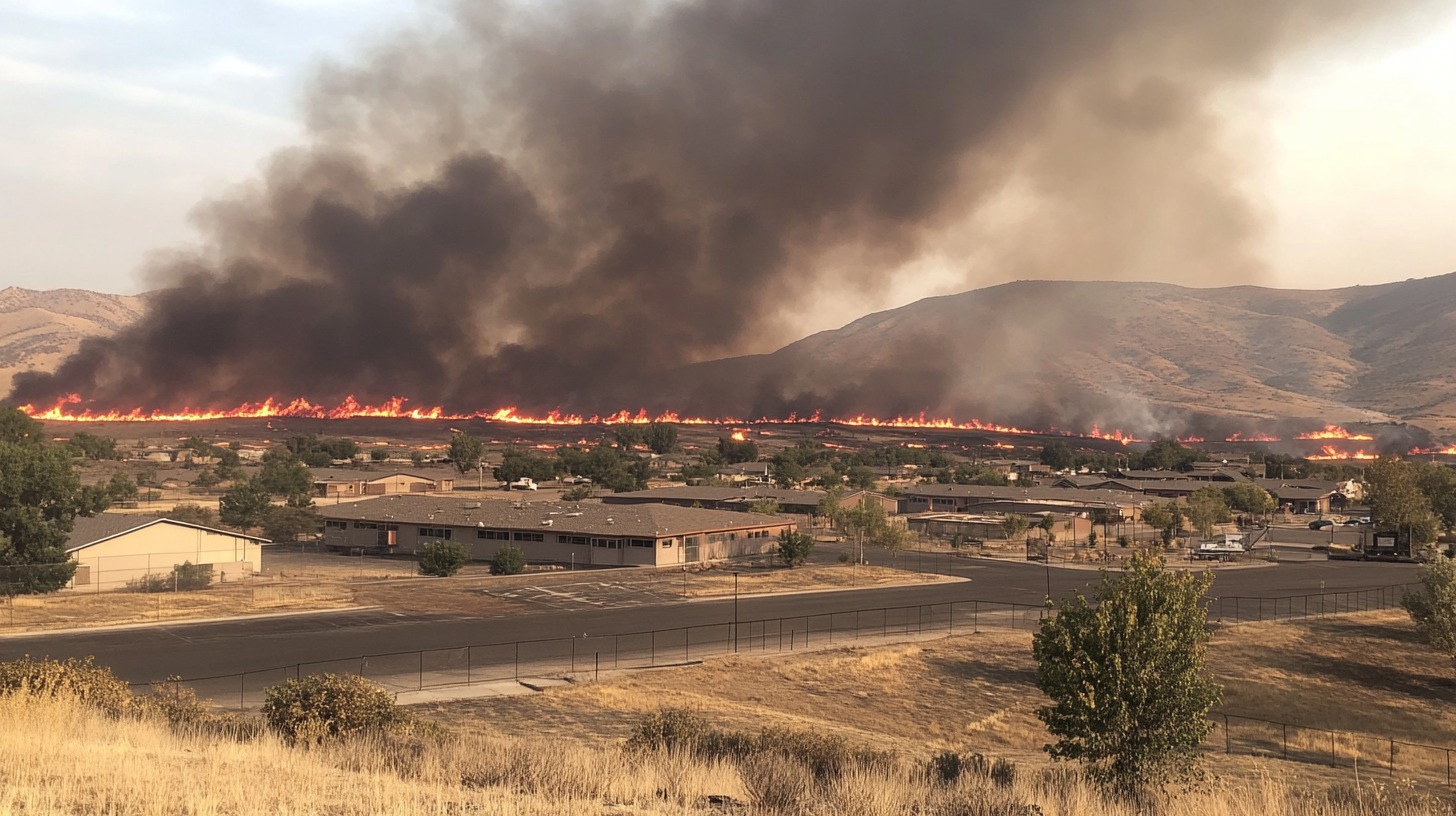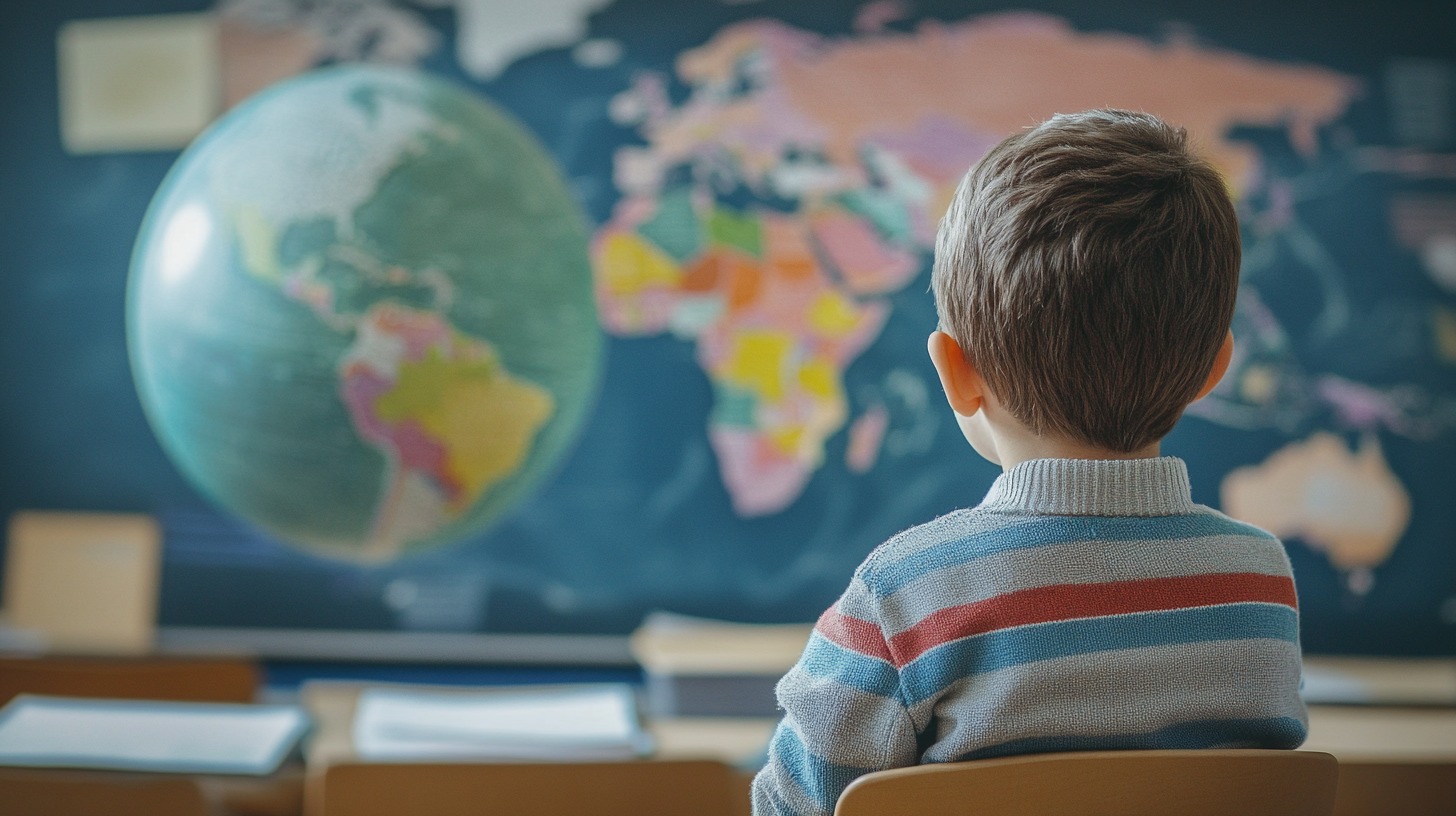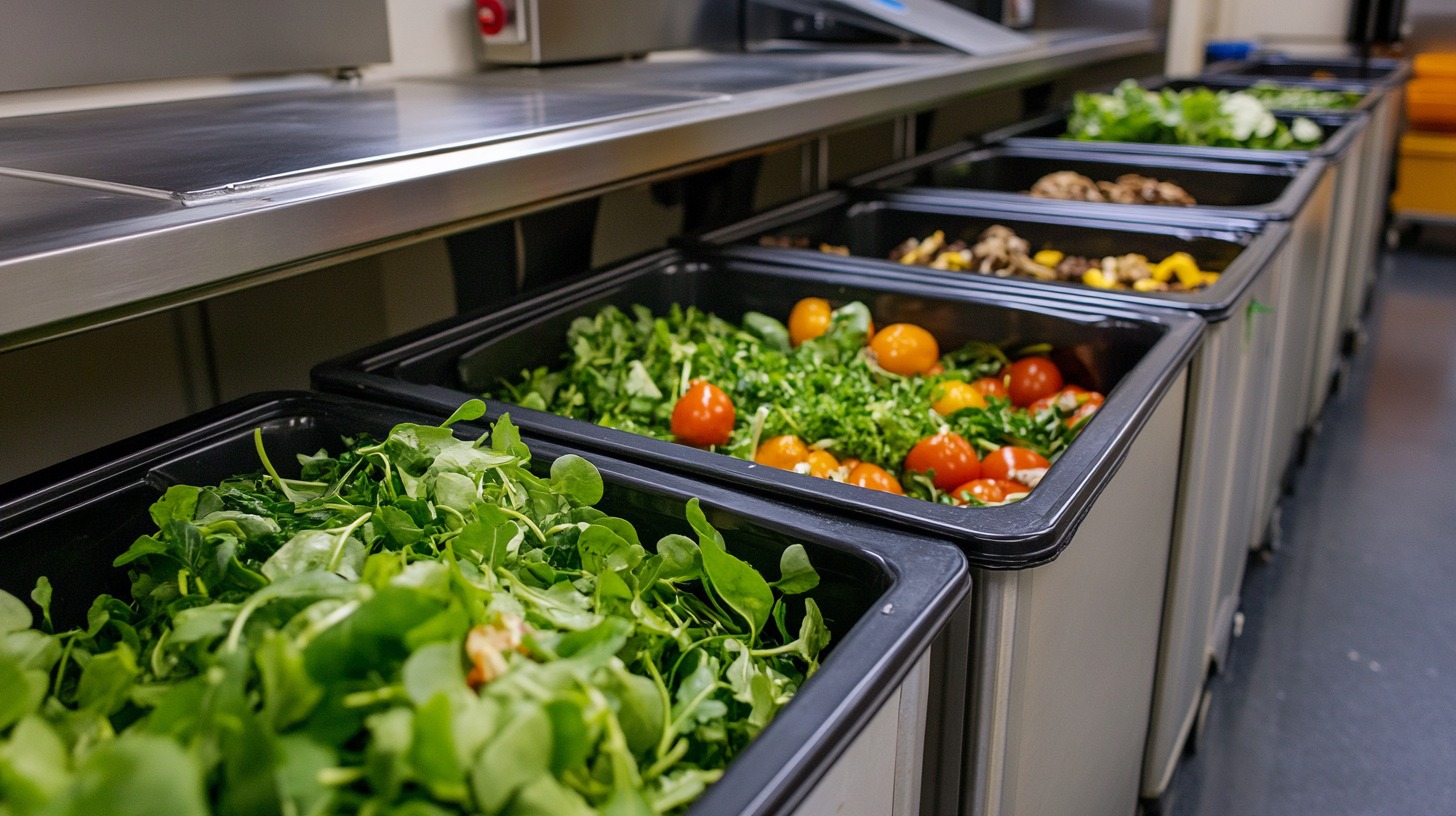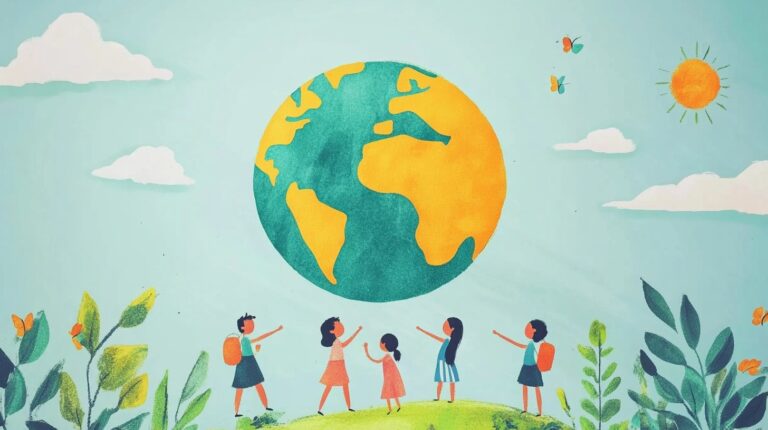Climate change education is increasingly important in preparing younger generations to address environmental challenges.
It is essential to equip students with the tools to recognize, analyze, and mitigate these effects.
Experiential learning, which engages students directly with real-world issues, has proven to be a particularly impactful method in fostering awareness and skills in this area.
Impact of Climate Change on Education

Climate change creates significant disruptions in education systems across the globe.
Extreme weather events such as hurricanes, floods, and wildfires result in widespread school closures, damage to infrastructure, and loss of access to learning resources.
These effects are felt most acutely in under-resourced areas where rebuilding efforts face delays, leaving students at risk of prolonged academic setbacks.
- Extreme weather forces schools to suspend operations, sometimes for extended periods, interrupting the academic year.
- Flooding and storms often destroy school buildings, roads, and essential facilities, making it difficult for students and teachers to return to normal routines.
- Natural disasters frequently lead to mass migrations, causing students to relocate and lose continuity in their education.
Rising global temperatures exacerbate these challenges by impairing the quality of the learning environment. Heat can hinder cognitive performance, reducing students’ ability to concentrate and absorb information.
Schools without proper ventilation or cooling systems face higher dropout rates and decreased academic performance.
- Heat exposure reduces attention spans and problem-solving abilities among students.
- Hot classrooms lead to higher rates of absenteeism as students and teachers struggle to endure uncomfortable conditions.
- Poorer regions with limited resources are more affected, lacking the means to address such challenges effectively.
The demand for climate-resilient educational infrastructure is now critical. Schools must be designed to withstand severe weather and provide safe, adaptive environments for students.
Achieving this goal requires collaboration between governments, educators, and urban planners to create durable, sustainable educational facilities.
- Existing buildings need upgrades to handle extreme conditions, including reinforced structures and improved ventilation systems.
- Policies and funding initiatives are essential to promote resilient school construction.
- Local stakeholders should participate in creating sustainable solutions that reflect the needs of their communities.
By addressing these challenges head-on, educational systems can better prepare for the growing
Experiential Learning Strategies

Experiential learning allows students to directly engage with environmental challenges, making their education both practical and impactful. By connecting lessons to real-world scenarios, students are encouraged to think critically and develop actionable solutions.
For example, a science class might focus on analyzing local climate data, identifying trends, and predicting potential environmental impacts.
- Lessons can be designed to reflect real climate challenges, such as tracking carbon footprints or examining energy usage patterns in the school.
- Encouraging participation in activities like building weather stations, collecting water quality samples, or designing rainwater harvesting systems connects students to environmental science on a tangible level.
Student-led environmental projects offer a dynamic way to engage learners. When students take the initiative to lead efforts, they not only apply their knowledge but also build a sense of responsibility.

- Building and maintaining a composting system for the school cafeteria.
- Organizing campaigns to reduce single-use plastics in the community.
- Researching and presenting alternatives to fossil fuel usage for school operations.
Community resources provide another valuable dimension. Collaborations with local environmental groups, businesses, or government organizations enhance educational outcomes.
For example, partnering with a local solar energy company to conduct workshops can bring expert knowledge directly to students.
- Field trips to renewable energy facilities or waste treatment plants.
- Case studies highlighting regional environmental success stories or challenges.
- Inviting guest speakers to discuss their expertise in sustainability efforts.
Benefits of Learning Through Doing
Learning through action fosters stronger engagement among students.
Direct involvement in climate-related projects makes lessons relatable and allows students to see the tangible results of their efforts.
Enhanced Critical Thinking and Problem-Solving Skills
Participating in hands-on activities encourages students to think critically and solve real-world problems effectively.
Addressing environmental challenges often requires analyzing data, understanding cause-and-effect relationships, and developing creative solutions.
- Encourages analytical thinking by working with actual environmental data.
- Promotes decision-making through scenario-based activities.
- Builds adaptability as students find solutions to unpredictable challenges.
Leadership and Collaboration Development
Experiential learning promotes teamwork and helps students build leadership qualities.
Collaborating on projects teaches effective communication, negotiation, and how to take responsibility for collective goals.
- Provides opportunities to lead group activities and coordinate with peers.
- Encourages sharing of ideas and fostering mutual respect among team members.
- Builds confidence through successful group initiatives.
Empowerment Through Action

Empowerment through action empowers students to take proactive measures in addressing climate change.
By participating in projects, they feel a sense of ownership over their contributions and are motivated to act consistently.
- Enables involvement in initiatives such as community cleanups or local recycling drives.
- Inspires participation in campaigns for sustainable practices in schools and communities.
- Instills a sense of accountability by connecting daily choices to broader environmental impacts.
Challenges and Considerations
Implementing experiential programs often faces resource constraints.
Resource Constraints

One of the most significant barriers to implementing experiential programs is the lack of adequate resources. Schools operating on tight budgets often struggle to afford materials, field trips, or external expertise that enrich experiential learning opportunities.
Limited staffing further compounds the problem, as educators may already be stretched thin with their existing responsibilities.
- Insufficient funding for purchasing materials and resources
- Limited access to transportation for off-site activities or field trips
- Shortage of staff to support project-based learning initiatives
Addressing these issues requires targeted investments by school administrations and policymakers, ensuring that resources are allocated effectively to support hands-on educational programs.
Accessibility Challenges
Creating an inclusive environment for experiential learning is another pressing concern. Socioeconomic disparities can limit students’ ability to participate in activities that require financial contributions, travel, or specific equipment.
Schools must develop strategies to ensure that every student, regardless of background, can benefit from these learning experiences.
- Financial barriers affecting participation in activities requiring out-of-pocket expenses
- Geographical limitations in accessing natural or community resources for projects
- Language or cultural factors that may hinder engagement
Ensuring accessibility requires careful planning, such as providing financial subsidies, organizing on-campus alternatives, and considering the diverse needs of students.
Alignment with Educational Standards

Balancing innovative methods with academic requirements remains a challenge for educators.
Experiential learning activities, while valuable, must still align with curriculum standards and testing benchmarks. This creates tension between fostering creativity and meeting traditional academic goals.
- Pressure on teachers to cover standardized testing material
- Time constraints within a tightly scheduled curriculum
- Lack of clear frameworks that integrate experiential methods with academic expectations
The Bottom Line
Experiential climate change education is a vital tool in preparing students to navigate and address environmental issues effectively.
By prioritizing active engagement and collaboration, educators and policymakers can create meaningful opportunities for young learners to contribute to a more sustainable future.

